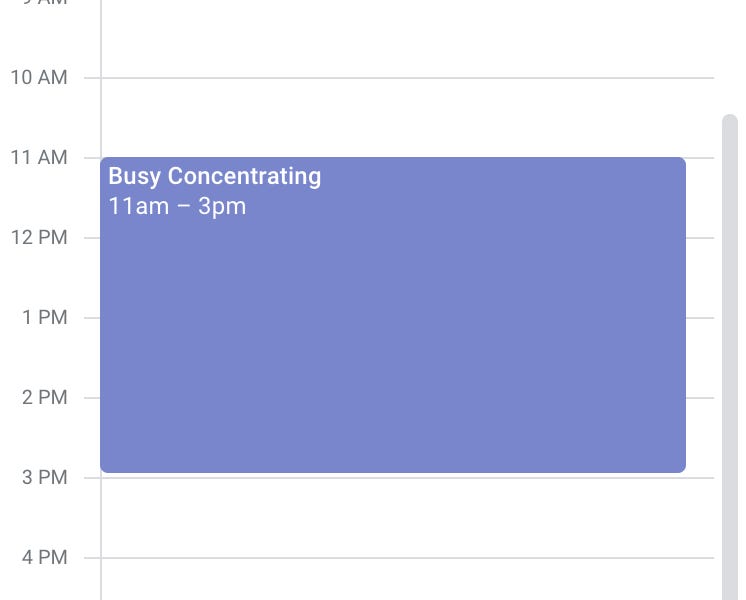The Destructive Impact of Excessive Meetings on Workplace Productivity
Centrala begrepp
Meetings are spiraling out of control in workplaces, leading to decreased productivity and increased anxiety among employees. The author argues that over-meeting culture is a symptom of deeper organizational issues that need to be addressed.
Sammanfattning
Excessive meetings in the workplace are contributing to decreased productivity and heightened anxiety among employees. The author highlights the negative impact of an over-meeting culture, emphasizing the need for organizations to address underlying problems such as productivity anxiety, lack of trust, and poor communication.
Key points include:
- Companies prioritize aesthetics over employee needs.
- Meeting overload stems from insecurity and the desire for validation.
- Lack of trust between leaders and employees leads to productivity concerns.
- Prioritization discussions can enhance manager confidence and employee satisfaction.
- Blank time is crucial for improved work-life balance and overall productivity.
The content underscores the importance of reevaluating meeting practices, fostering trust, promoting prioritization conversations, and embracing blank time to combat the detrimental effects of excessive meetings on workplace dynamics.
Customize Summary
Rewrite with AI
Generate Citations
Translate Source
To Another Language
Generate MindMap
from source content
Visit Source
annehelen.substack.com
The Root of Over-Meeting Culture
Statistik
252% increase in time spent in meetings!
87% of employees report they are productive at work.
12% of leaders say they're confident their workers are productive.
81% of employees find it important that managers help them prioritize workload.
74% of managers say more guidance on prioritizing their own work would help performance.
80% of managers say they'd benefit from more clarity on impactful priorities.
Citat
"People feel insecure in their job and want/need to perform their engagement for their peers."
"Blank time is good for business."
"You can obsess over what your employees are doing or you can be thoughtful about what habits foster good work."
Viktiga insikter från
by Anne Helen P... på annehelen.substack.com 02-26-2024
https://annehelen.substack.com/p/the-root-of-over-meeting-culture
Djupare frågor
What strategies can organizations implement to reduce over-meeting culture while maintaining effective communication?
To reduce over-meeting culture, organizations can implement several strategies. Firstly, they should establish clear guidelines on when meetings are necessary and set caps on the duration and frequency of meetings. Encouraging asynchronous communication through tools like Slack or Teams can help minimize the need for constant face-to-face interactions. Additionally, utilizing AI technology to summarize meeting outcomes for those who couldn't attend can streamline information sharing without requiring everyone's presence. Moreover, promoting a culture of "blank time" where employees have dedicated periods for focused work without interruptions from meetings or messages can enhance productivity and reduce the reliance on unnecessary gatherings.
How can leaders build trust with their teams to improve productivity without resorting to excessive meetings?
Leaders can build trust with their teams by openly communicating their confidence in their employees' abilities and work ethic. Providing regular feedback that acknowledges employees' contributions and performance helps instill a sense of trust and appreciation within the team. Leaders should also prioritize conversations about prioritization during one-on-one sessions to ensure clarity on workload management and expectations. By modeling behaviors that emphasize the importance of rest, focus time, and creative activities as productive elements in the workday, leaders can demonstrate their commitment to fostering a healthy work environment based on mutual trust.
In what ways does prioritization impact employee satisfaction and overall performance?
Prioritization plays a crucial role in influencing employee satisfaction and overall performance within an organization. When managers assist employees in prioritizing tasks effectively, it leads to greater clarity on responsibilities, reduces ambiguity in job roles, and enhances workflow efficiency. Employees who receive clear guidance on task prioritization report higher levels of job satisfaction due to feeling more organized and empowered in managing their workload effectively. Furthermore, aligning individual priorities with organizational goals ensures that efforts are directed towards impactful initiatives that contribute positively to overall performance outcomes across teams or departments.
0
